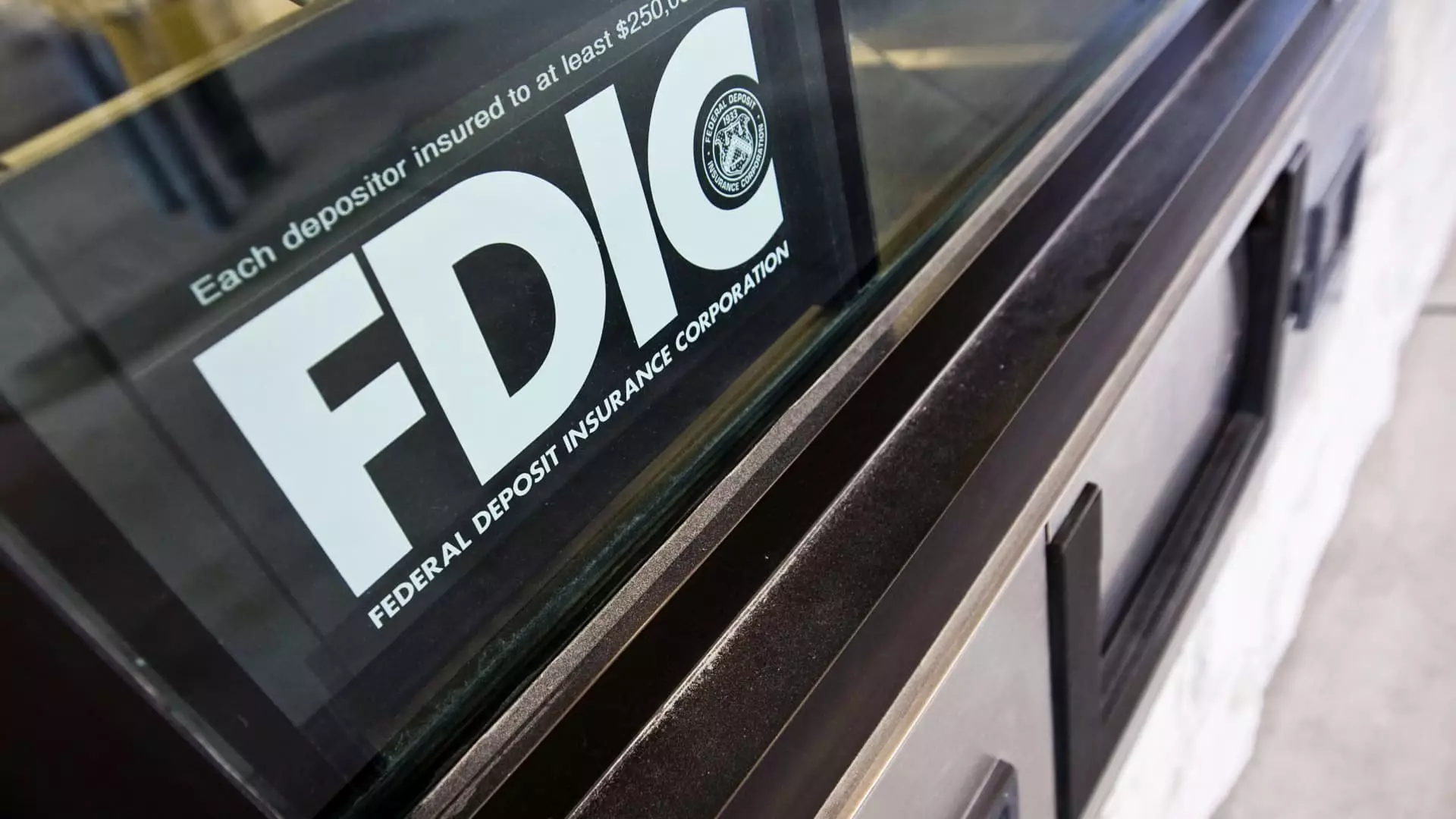The possibility of significant reforms within federal agencies looms large as President-elect Donald Trump prepares to take office for a second nonconsecutive term. His proposed administrative shifts raise critical questions about the future of various regulatory bodies, particularly within financial services, and the ramifications these changes could have on consumers and the economy at large. This article delves into the implications of these proposed changes, analyzing both the potential benefits and consequences.
Trump’s administration has indicated a strong intention to trim federal expenditures significantly. One notable feature of this agenda is the establishment of a new advisory board named the Department of Government Efficiency (DOGE), co-chaired by prominent figures like Elon Musk and Vivek Ramaswamy. Among the tasks assigned to this board appears to be a thorough evaluation of existing federal agencies like the Federal Deposit Insurance Corporation (FDIC) and the Consumer Financial Protection Bureau (CFPB).
Musk’s public comments advocating for the dissolution of the CFPB and an overhaul of the FDIC underscore a broader movement toward reducing what he perceives as duplicative regulatory structures. He argues that consolidating agencies could streamline government operations and result in cost savings. While this notion aligns with the conservative philosophy of minimal government intervention, it necessitates critical examination regarding the foundational roles these agencies play in consumer safeguarding and financial stability.
Historically, the FDIC has played an integral role in ensuring the safety of depositors’ funds, with its mandate stemming from the aftermath of the Great Depression. By securing individual accounts up to $250,000, it has engendered confidence within consumers and bolstered the overall resilience of the banking sector. Industry experts like William Isaac assert that dismantling such an agency would destabilize a system that has proven effective for decades. Their concerns are not without merit, as the absence of FDIC protections could disproportionately harm regional banks, which rely on depositor confidence to fuel lending and ultimately support small business operations.
Critics of potential FDIC reforms warn of a domino effect where the relaxation of deposit insurance regulations could lead to a chilling effect on consumer confidence. As the financial landscape becomes increasingly intricate, the elimination or downsizing of robust regulatory frameworks may expose consumers to undue risk and systemic failures.
Alongside the FDIC, the CFPB was established in the wake of the 2008 financial crisis, aimed at protecting consumers against exploitative financial practices. While some argue that markets functioned adequately before the CFPB’s inception, the current dynamics of increased market concentration suggest that a regulator ensuring consumer rights is more crucial than ever. Proponents of the bureau contend that it has been instrumental in shielding Americans from predatory lending and other harmful financial services.
Critics within the financial sector have voiced concerns that recent CFPB policies have skewed towards ideologically-driven frameworks that could restrict financial institutions’ ability to extend credit. Yet, advocates counter that dismantling the CFPB risks eroding consumer protections established during its tenure and could signal to lenders that they can operate with less scrutiny, risking a return to pre-crisis practices.
Any significant attempt to terminate or reform federal agencies will likely face hurdles, given that Congressional approval is required for such a monumental shift in policy. This process opens the door for a range of opinions to surface, balancing the contrasting views of stakeholders, including economic scholars, consumer advocacy groups, and banking representatives.
In a landscape where the economic implications of agency reforms might reverberate across the broader economy, careful consideration must be given to potential unintended consequences. Richard Dubois of the National Consumer Law Center emphasizes that consumer protections could diminish without the CFPB’s oversight, which could lead to an erosion of safeguards particularly affecting lower-income populations.
While calls for streamlining government bureaucracy could lead to operational efficiencies, the challenge lies in ensuring that protective measures for industries and consumers remain intact. As discussions surrounding agency reforms continue, allocating resources effectively while safeguarding the interests of individuals must remain paramount to any reform agenda.
The looming changes under Trump’s upcoming administration signal a shift necessitating balanced consideration between efficiency and consumer protection. While the proposal to reduce federal agencies may yield some fiscal benefits, the potential fragility it could introduce into the financial system must be examined thoroughly.
To ensure that critical functions are not lost amid the overhaul, stakeholders will need to engage in nuanced discussions about the effectiveness and necessity of each agency. Future policies should seek not merely to streamline but to enhance the robustness and reliability of the financial system that supports American consumers and businesses alike.

